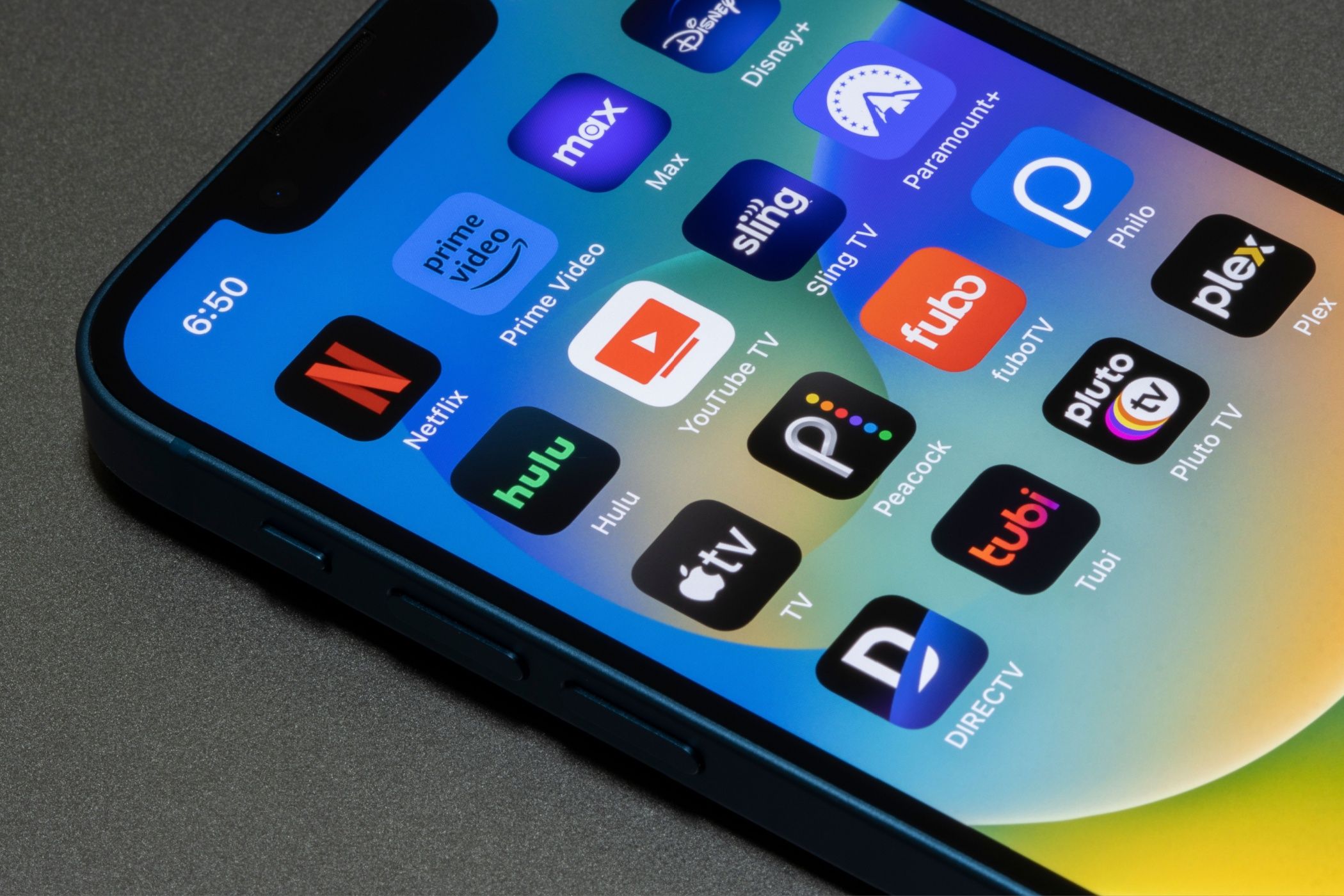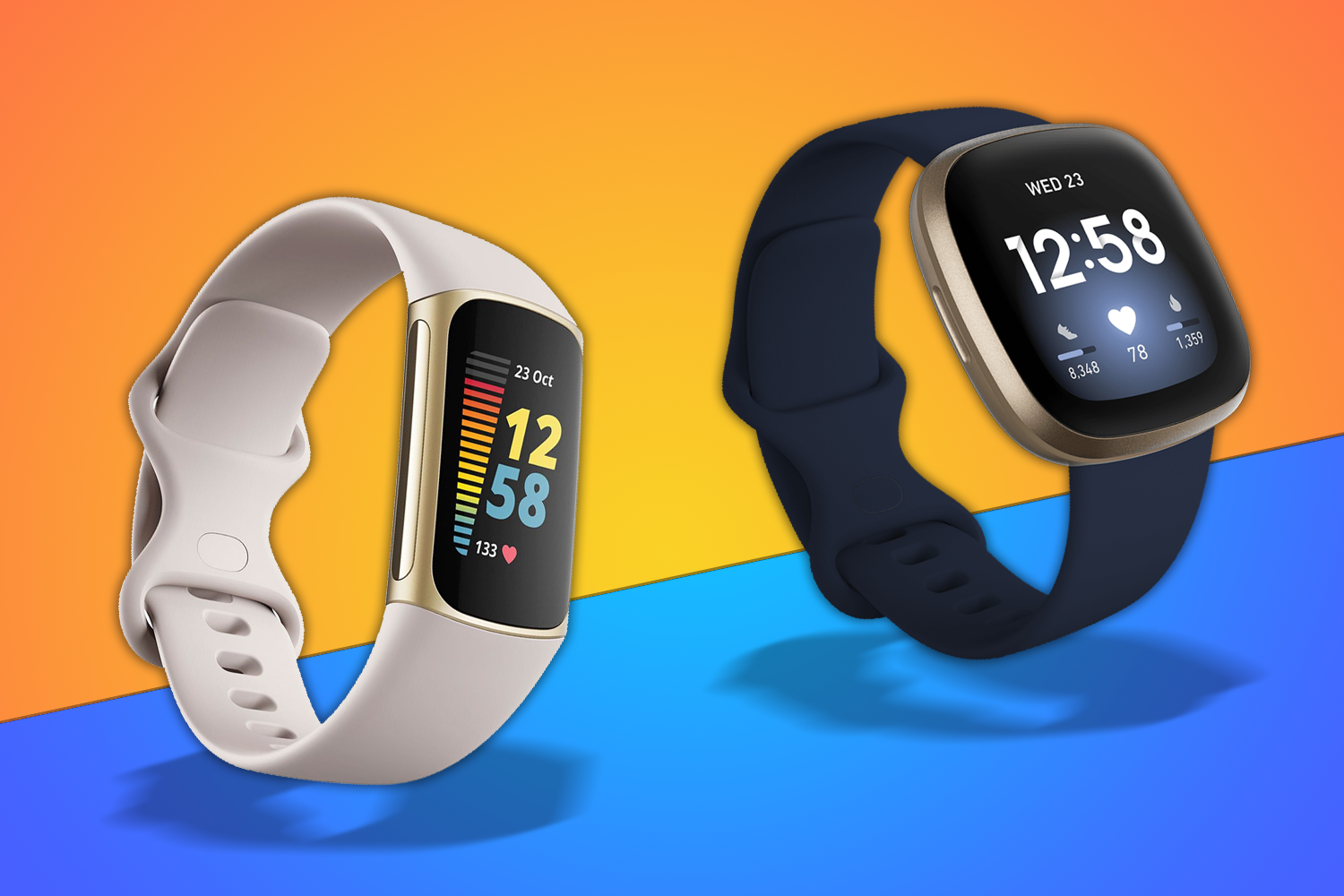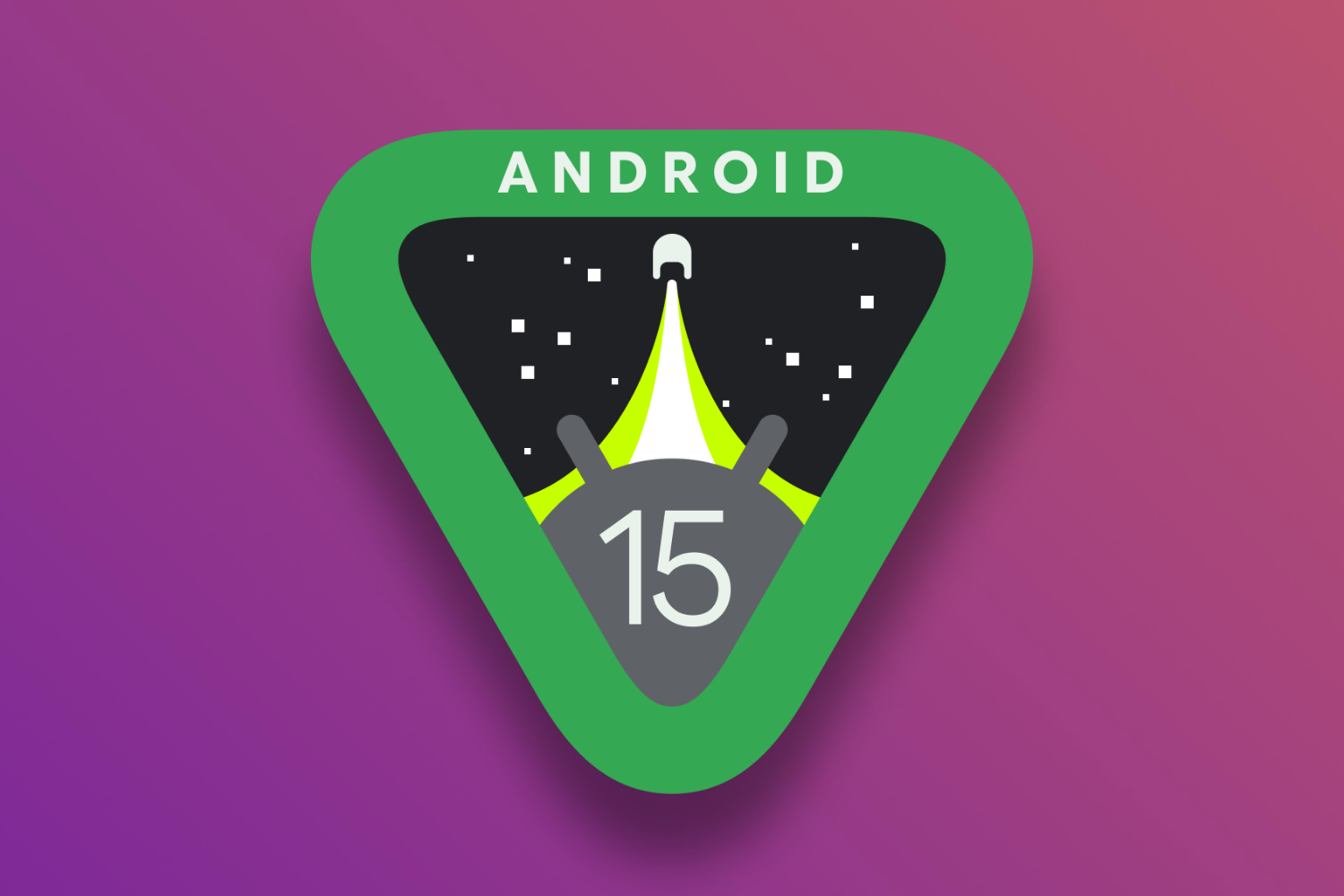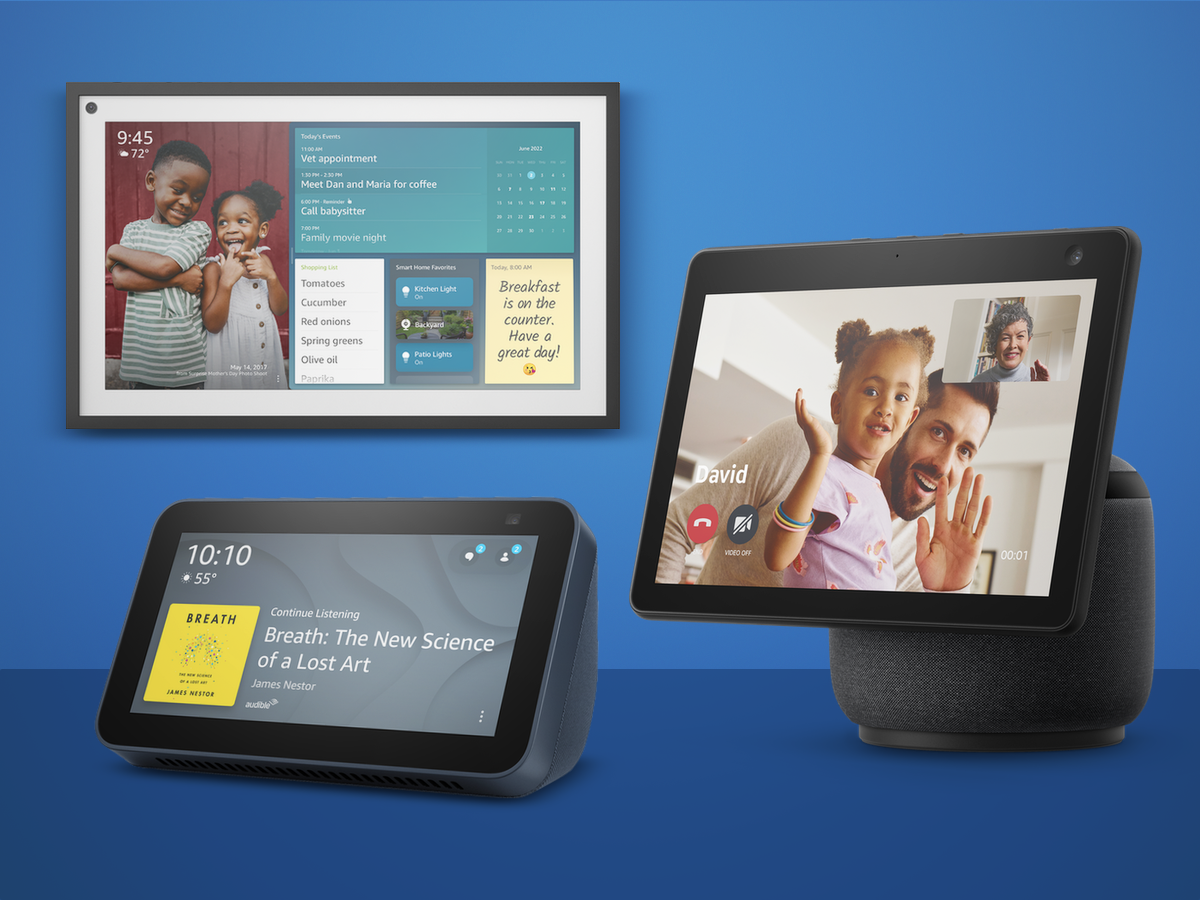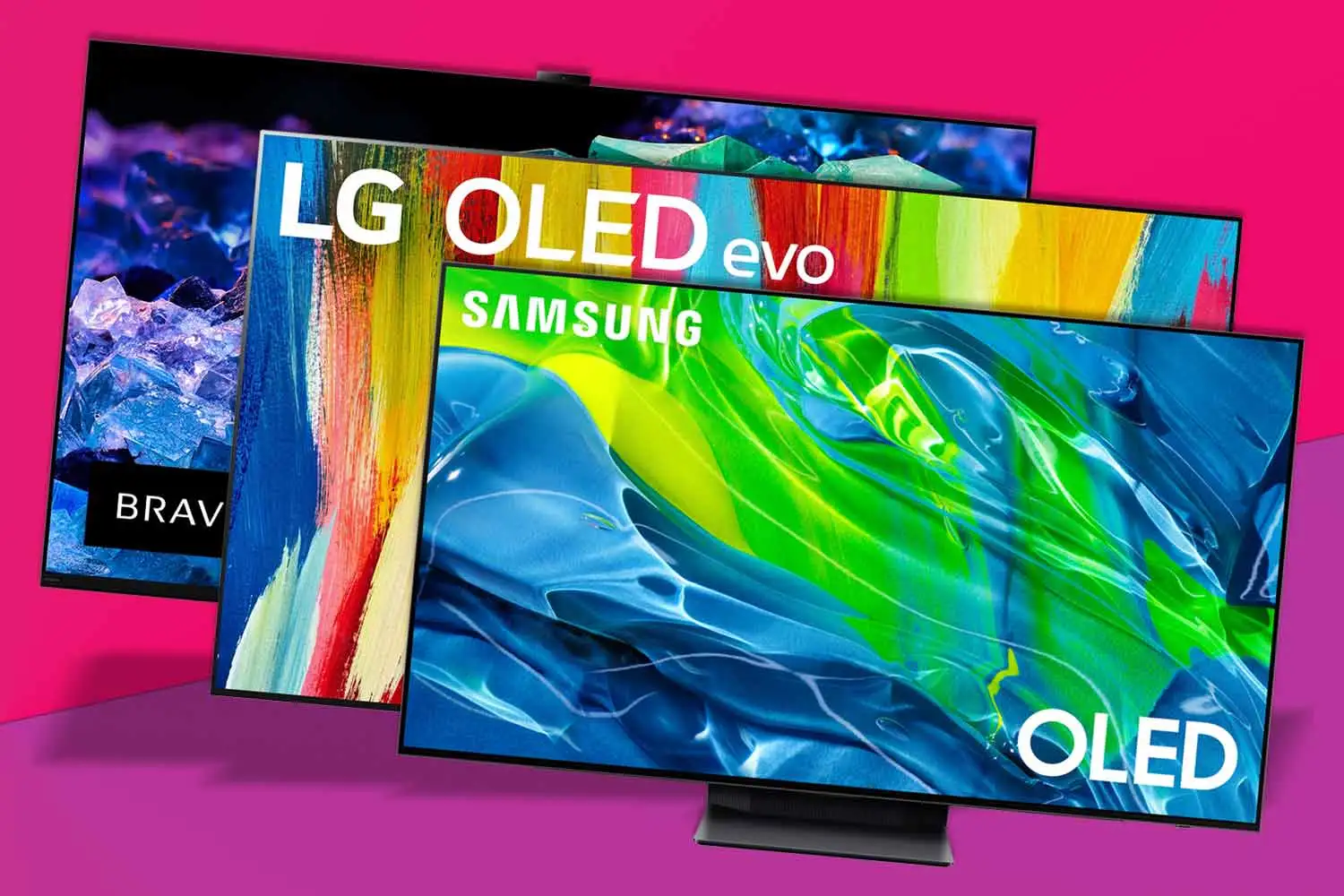Whether you’re reaching for your wallet in anticipation for the latest upcoming smartphones, or are content to stick with the handset already in your pocket, software makes your device. You’ve got two big players to pick from: Apple’s iOS or Android.
Android 15 is the latest and greatest version of Google’s mobile OS, and is seeing more frequent updates than ever. After months of beta software releases, the free Android 15 update is finally available (although later than expected).
Whether you’re a diehard Android fan, or a curious Apple user popping over to check out the other side of the fence, there are plenty of new additions. In this guide, we run through all the best and most exciting changes headed to Android 15, and more importantly, when your phone will get them.
Android 15: name
Veteran Android enthusiasts will recall Google’s fondness for dessert-related OS names, ranging from Android 2.3 Gingerbread, to Android 5 Lollipop. While Google has since dropped its sweet tooth regarding official OS names, its engineers still pay homage to sugary goodness with internal OS codenames.
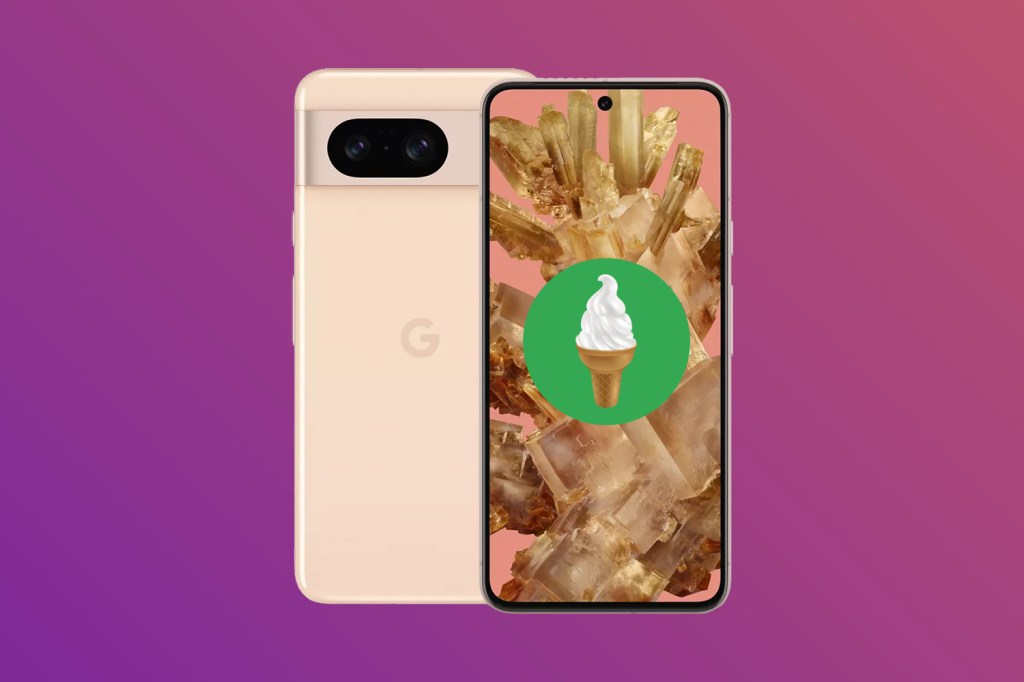
Android 15 is known to the public by its stark, no-nonsense numeric moniker. But inside the walls of Google, the new update is known as Vanilla Ice Cream. It’s far from the most exciting sweet treat, but there’s something reliable about the plainest flavour of ice cream. And we think that’s reflected in Android’s newest features (more on them later).
Android 15: release date and supported phones
While the update is late, Google hasn’t just been sitting on its laurels; it’s been going steam ahead with Developer Previews. There’s also been public beta for eligible handset owners are welcome to try it.
But Android 15 is finally here! Or at least, it’s starting to arrive. Google announced that the free software update is rolling out to the Pixel line-up first, as you’d expect. You’ll be able to get it on all handsets released from the Pixel 6 series onwards. There’s still no word on other manufacturers for their release date, so you’ll need to stick with the public beta for now.


Be warned though — public betas are notoriously unstable and riddled with bugs, so we’d highly recommend using a spare handset if possible, or at least being aware of the risks and annoyances that can crop up. Eligible devices for the Android 15 public beta include Nothing phones, Honor phones, Xiaomi phones, Oppo phones, and more.
When will the rest of the phone-wielding populace get Android 15? Well, patience is a virtue. Device manufacturers will be doing their own thing, slathering their unique Android UX skins atop Android 15. That means a bit more of a wait.
As for the brands you should expect, all major Android smartphones should get it. Samsung and OnePlus are usually quickest off the mark, with the Galaxy S24 probably one of the first third-party phones to get Android 15. Asus, Honor, Motorola, Nokia, Nothing, Oppo, Sony, and Xiaomi are all set to offer the upcoming update.
The most prominent features available in the public beta include UI changes such as edge-to-edge mode which allows apps to fill up the entire screen (rather than leaving space at the bottom and top_, along with some contact encryption upgrades. More exciting features such as lock screen widgets or Private Space will not be present, for the time being at least. Overall though, this iteration of Android 15 will look a lot closer to the final one that the public gets their hands on.
The best new Android 15 features so far
As for the new features you can expect to get in Android 15, Google has a few up its sleeve. Things look pretty familiar overall, but there are some notable new features we’ve spotted in the Developer Previews so far. Here are the most significant additions we’ve spotted so far:
- Partial Screen Sharing: Android 15 allows users to share or record just a specific app window, rather than the entire screen, making for a more focused and privacy-conscious experience.
- Satellite Connectivity Support: Expanding connectivity options, Android 15 integrates satellite connectivity. This lets devices maintain communication in the most remote areas. You’ll find UI enhancements to support a consistent user experience across this new frontier.
- Notification Cooldown: To combat notification overload, a new feature will decrease the frequency of successive notifications from the same app, ensuring a less intrusive mobile experience.
- New In-App Camera Controls: Android 15 introduces new camera hardware control extensions. It enables features like low light enhancements and advanced flash strength adjustments.
- Universal Toggle for Keyboard Vibration: A new toggle allows users to universally control keyboard vibration settings across all keyboard apps.
- Sensitive Notifications: Enhancing security, Android 15 introduces a feature that prevents malicious apps from reading OTPs.
- Bluetooth Pop-up Dialogue: Android 15 brings a new Quick Settings tile for managing Bluetooth connections more intuitively, making it easier to connect and disconnect devices.
- Enhancements for Foldables and Cover Screens: Android 15 brings improvements to continuity features on foldable devices. You’ll find better support for apps on cover screens.
- Health Connect and Virtual MIDI 2.0 Devices: The update includes enhancements to Health Connect. It supports new data types for health and fitness apps, and extends support for virtual MIDI 2.0 devices, fostering creativity and connectivity in music production.
- HDR and Loudness Controls: Android 15 introduces controls for HDR headroom and loudness. This ensures a better balance between HDR and SDR content and more consistent audio levels across different content types.
- Performance and Security Enhancements: Significant improvements to the Android Dynamic Performance Framework (ADPF) and security features like the Privacy Sandbox on Android and new APIs for screen record detection and file integrity.
This update packs in even more, too. These include lockscreen widgets a la iOS 16 and Android 4.2, battery health status, powered off finding, app pairs, Private Space, voice activation for apps, and more.
